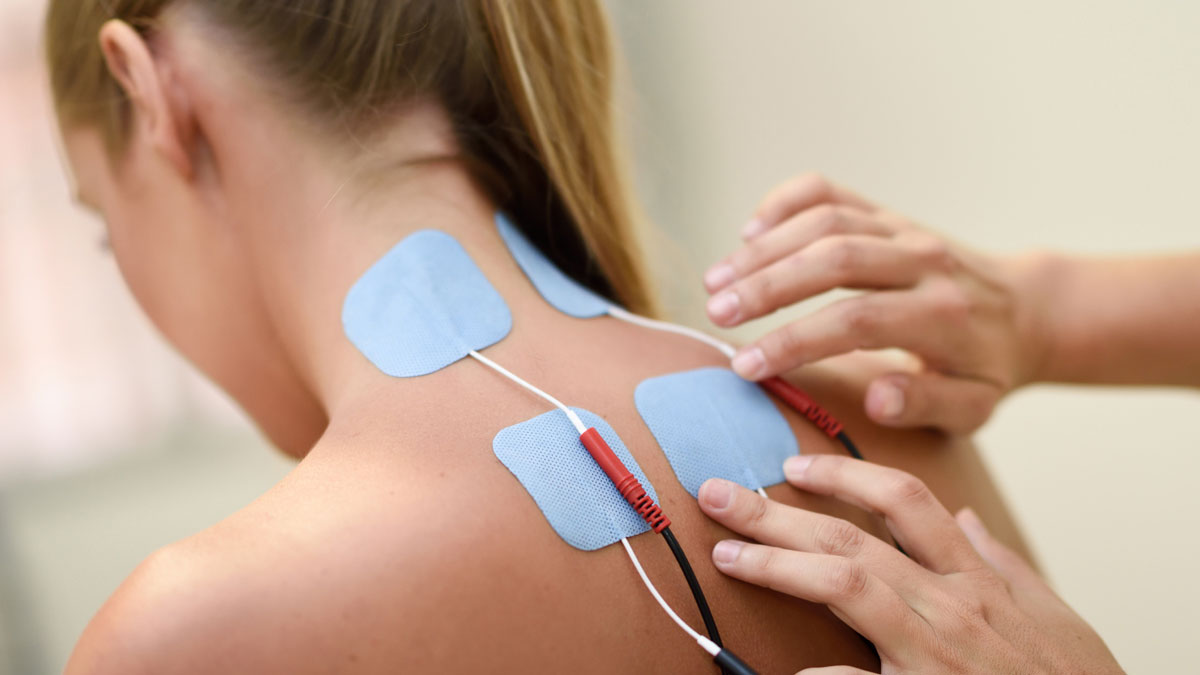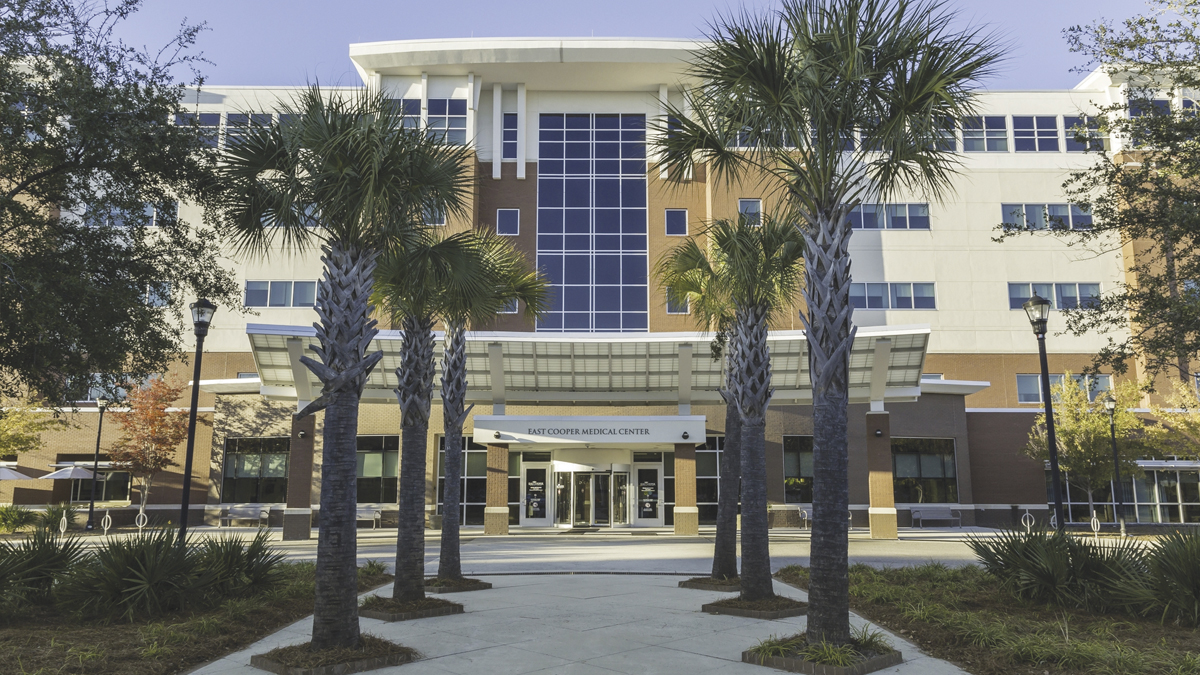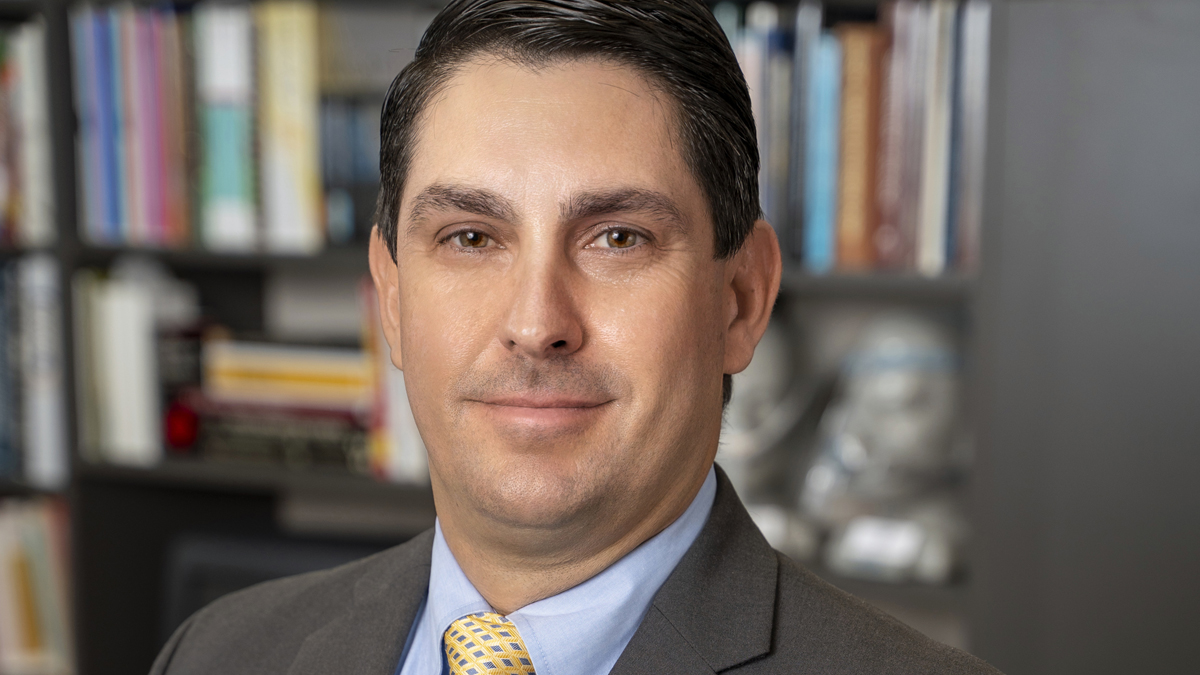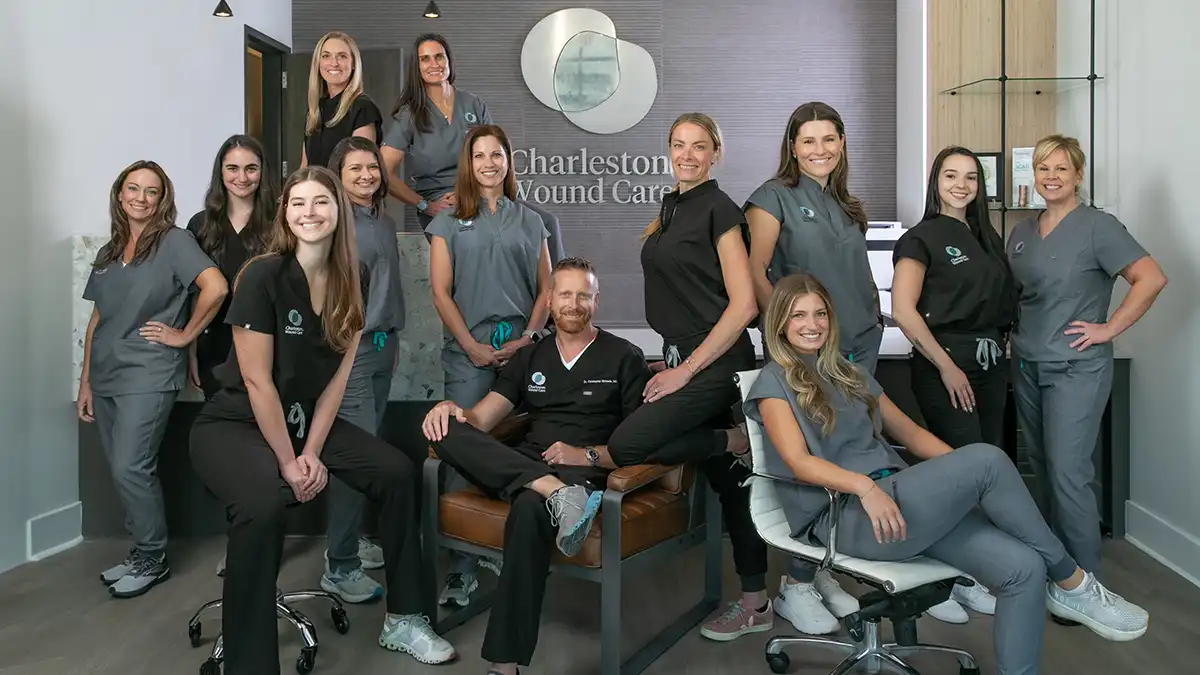The opioid epidemic has taken its toll in South Carolina. The “Just Plain Killers” campaign, which was created by the South Carolina Department of Alcohol and Other Drug Abuse Services, released that in 2017, there were 748 deaths involving opioids in our state. That was up from 616 in 2016. State-funded treatment data showed that 6,305 patients were treated with an opioid use disorder in 2017. That was up from 5,689 in 2016.
Interestingly, though, the “Just Plain Killers” website also noted that there was a decrease in opioid prescriptions being dispensed in 2017. There were 863 in 2017, which was down from 2016’s 940 opioid prescriptions.
What does this all mean?
People are beginning to take charge of their health and many deny opioid prescriptions for pain. They want alternatives, and, luckily, there are many other ways to combat pain that do not involve pills.
Deeanna Burr, a family nurse practitioner with Atlantic Coast Physical Medicine, located in both Summerville and Mount Pleasant, said she has seen many patients taking the “optimal wellness” approach, meaning that they want to fix the problem, not medicate it.
“We have a multidisciplinary team of professionals that look at the patient as an individual and how they can optimize their care,” she said. “We can help them manage chronic issues, like chronic pain due to arthritis, for example, and we can help them come up with a plan that does not involve medications.”
She said they look at everything from the environment patients are in, their physical condition and their emotional state to come up with the best plan for care.
Atlantic Coast Physical Medicine will incorporate an exercise program in accordance with physical rehabilitation, but there are a number of other treatments that can coincide.
Some of those treatments are:
- Nerve stimulation therapy will deliver a low-voltage electrical current through the skin using electrodes placed near the source of pain. Nerves are then stimulated and signals are sent to the brain that block normal pain perception.
- PRP stem cell regenerative therapy uses the patient’s own blood to separate platelets in a centrifuge. The platelets are then re-injected into the source of pain, releasing growth factors that promote natural tissue healing.
- Hyaluronic acid injections are especially helpful for people with joint pain. Hyaluronic acid is a critical substance in synovial fluid, which is a thick substance creating lubrication in joints. These injections have been proven to provide significant pain relief.
- Trigger point therapy is another popular alternative treatment for pain, an all-natural anti-inflammatory, according to Burr. Trigger points produce pain when compressed and relief when released. Techniques in trigger point therapy are massage therapy, chiropractic care and dry needling.
Burr mentioned that more traditional pain management treatments are also practiced at Atlantic Coast Physical Medicine, such as prescribing a brace or massage therapy.
“We use a holistic approach when treating pain,” she said.
Burr noted that many primary care doctors just don’t have these options for pain in their toolboxes.
“Unfortunately, it is easier to throw a pill at someone,” she said. “We take the time to look at the whole person and fix the whole problem.”
Burr loves her work and has seen many patients transform their lives.
“It is so rewarding to see a patient who came to us and could barely walk, and, then, after treatments, they can walk again and are laughing and smiling again. I’ve had them thank me for giving them their life back. I worked in critical care in the hospital setting for 30 years and transformations like that were so rare. We help people understand their body and how it works. We make them realize they don’t have to be in bed all day.”
Dr. Heather Lambert, founder and CEO of Atlantic Coast Physical Medicine, drew her inspiration for opening a practice that followed a holistic approach and offered integrative medicine to patients based on her studies in Denmark. While visiting the country in the early 2000s for an advanced training seminar, she learned about their approach to health care. It was there that she was introduced to collaborative care. She saw that medical professionals, chiropractors and rehab specialists all came together for the benefit of the patient in all aspects of their health care. They focused on the least invasive approaches first and did not medicate unless all other options failed.
“I want patients to take an active role in their health,” she said. “They should explore their options and see what alternatives are out there that are right for them.”
At the young age of 9, Dr. Lambert knew she wanted to be a doctor.
“My sister had many medical issues, and I can just remember all the tests she had to go through,” Dr. Lambert said. “My dad finally said that he didn’t want to put her through that anymore, and, from then on, he helped her take control of her health.”
She went on to say, “The health complications my sister endured drastically changed how she did everyday tasks. I knew then that I wanted to dedicate my life to helping people with medical issues live better lives.”







